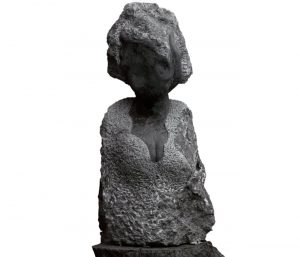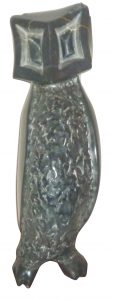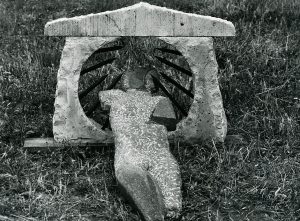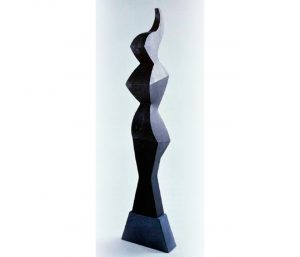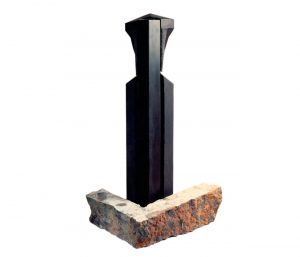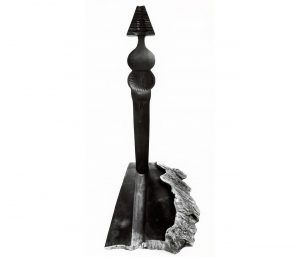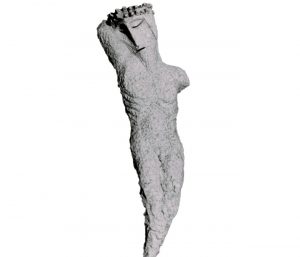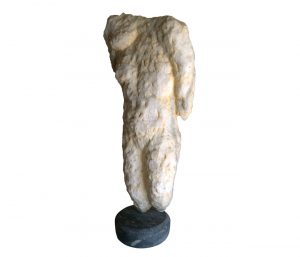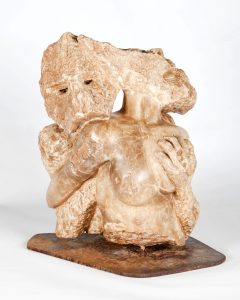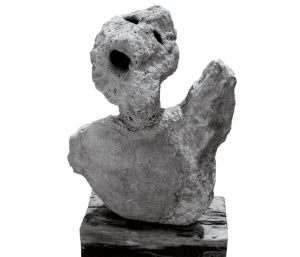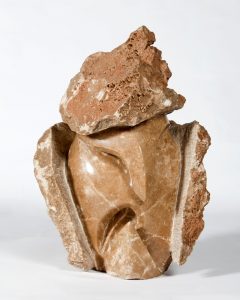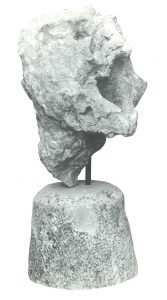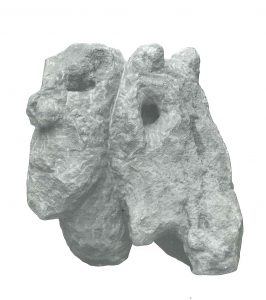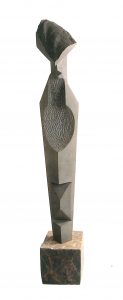
The exponents of the Archetypes 1987 1989 Hall
Find out more about the archetypes 1987 - 89 hall
Jose Marin-Medina
Snatch of the preface to the catalog Archetypes 1980 -1990
Madrid, September 1990.
In the face of the alluring aura of Alcantara’s output as a whole lights up that coherence that is being carried out in the entire stylistic evolution of Andres. The same approach and trends appear consistently in his process. …, on the one hand, he has assimilated the line of work of updating of the universal and eternal-, which the modern European sculpture has been searching from the beginning, and which was thought to be found in the black-African aesthetics. The impact of the African sculptures over the masters of historic avant-gardes was revivified lately when some postevent-garde branch adherent to the German Neo-expressionism has restored the search of an artwork whose mere existence proves to be sovereign and meaningful, detached from embellishments, focused on its greatness.
This rule of accuracy in its most pleasing shapes prevails through the entire carving discourse of Alcantara. Thus, in the walls of this exhibition, I would write those powerful words from Carl Einstein-written over 100 years ago in his essay on Negerplastik: “Artworks won’t be seen as unreasoned and empty outputs anymore but as a mythical truth. Dark artworks are genuine because of the enclosure of their shapes. Since these are unconstrained and overpowering, the atmosphere of detachment which emanates from its view demands an art of tremendous power”.
In compliance with this mission of absolute art, on the other side, Andres Alcantara works towards the ethereal. At this stage, side by side with the authority of enduring models, Constantin Brancusi’s spirit is hitting. It is true: our artist has shifted from a crude and brutal construction of images to ongoing refinement, out of a more descriptive figuration to thematic sublimation. Following this course of action, the originally descriptive-intended shapes in which organics are highly regarded lead to punctual forms in the artworks of a second period that self-create each other. The artist meets the demands of the rationale and geometrical.
In the same way, out of the main interest in the naked truth of raw materials, he researched the effects of polishing and the acids on the volumes, colors, and stones’ structures. As a result of a robust built and unemotional expressionist treatment, Alcantara has progressed to a direct carving in Brancusi’s potent procedure, i.e., shaping the stone by rotating around it. For this reason, we have seen this process of constant self-creation.
(Adapted by JMS)


